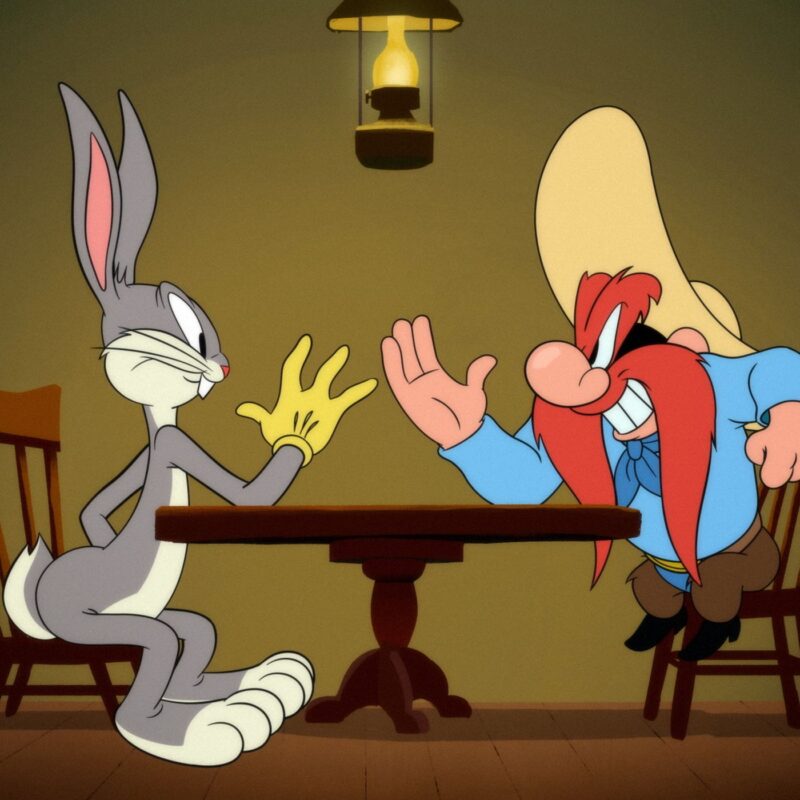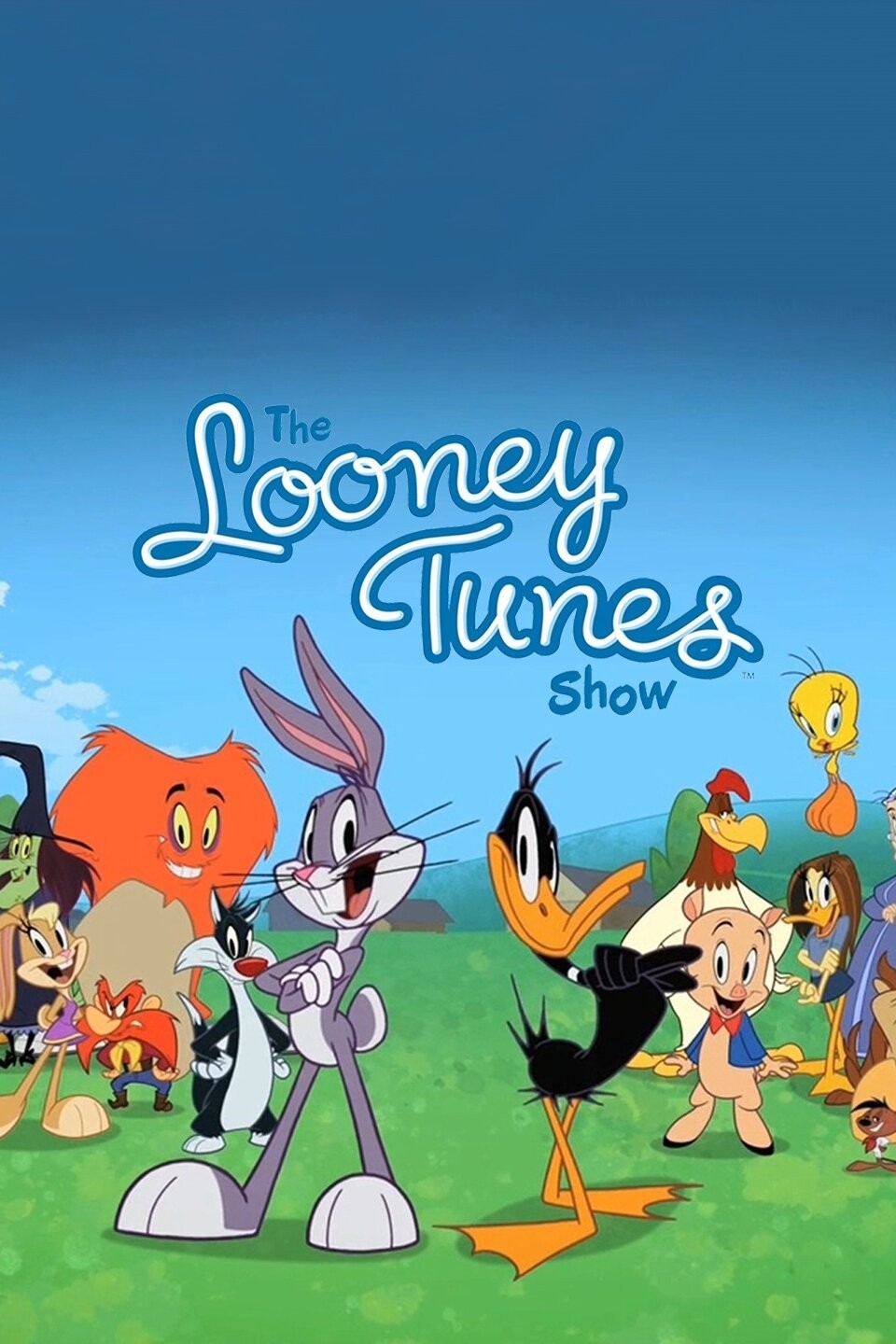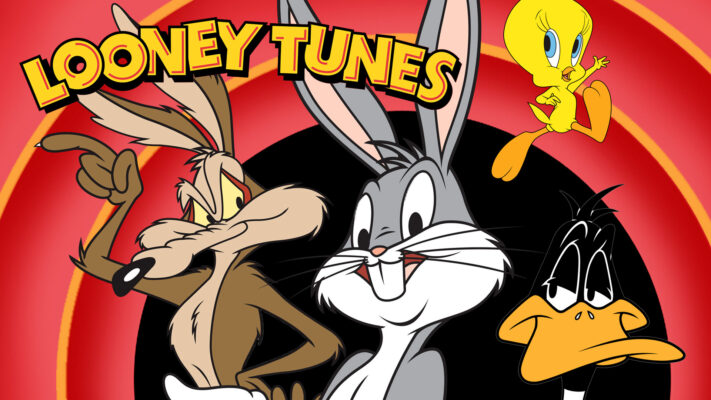Movie News
Unraveling the Timeless Charm: When Did Looney Tunes Come Out?
Unraveling the origins of beloved classics like Looney Tunes often sparks curiosity. As fans reminisce about the timeless antics of Bugs Bunny, Daffy Duck, and the rest of the iconic characters, one question frequently arises: When did Looney Tunes come out? Delve into the fascinating history behind this animated treasure to discover its humble beginnings and enduring legacy. Learn more about this topic with Alibaytoon Store.
When Did Looney Tunes Come Out?
Evolution of Looney Tunes:
The evolution of Looney Tunes is a testament to its enduring creativity and adaptability. From its humble beginnings in the 1930s to its continued relevance in the 21st century, the franchise has undergone remarkable transformations while staying true to its comedic roots.
1930s – The Birth of Looney Tunes
“Sinkin’ in the Bathtub” (1930): The first Looney Tunes short introduced audiences to Bosko, a character reminiscent of the era’s popular “rubber hose” animation style. Despite its simplistic animation, the short laid the foundation for the franchise’s signature humor and irreverent spirit.
Expansion and Experimentation: Throughout the 1930s, Looney Tunes experimented with various characters and storytelling techniques. From the mischievous antics of Porky Pig to the musical stylings of Merrie Melodies, the franchise embraced diversity and innovation.

1940s – The Golden Age of Animation
The Arrival of Bugs Bunny: In 1940, Bugs Bunny burst onto the scene in “A Wild Hare,” forever changing the trajectory of Looney Tunes. Voiced by Mel Blanc, Bugs Bunny became the face of the franchise, embodying its wit, charm, and irreverence.
War-Time Satire: During World War II, Looney Tunes became a platform for political satire and social commentary. Cartoons such as “Ducktators” and “Scrap Happy Daffy” used humor to address wartime propaganda and rationing, earning critical acclaim and cultural relevance.
1950s-1960s – Television and Beyond
Transition to Television: With the advent of television, Looney Tunes found a new medium for its antics. Classic shorts were repackaged for television syndication, introducing the beloved characters to a new generation of viewers.
Expanded Universe: The 1950s and 1960s saw the introduction of new characters and spin-offs, including the iconic “Looney Tunes Show” and “Merrie Melodies Starring Bugs Bunny & Friends.” The franchise expanded its universe, exploring new settings and narratives while staying true to its comedic roots.

1970s-1990s – Cultural Icon Status
Pop Culture Phenomenon: By the 1970s, Looney Tunes had cemented its status as a cultural icon. Merchandise, theme parks, and television specials celebrated the enduring appeal of Bugs Bunny, Daffy Duck, and their cohorts.
Legacy and Influence: Throughout the 1980s and 1990s, Looney Tunes continued to inspire generations of animators and storytellers. Its influence could be seen in everything from contemporary cartoons to blockbuster films, solidifying its place in entertainment history.
21st Century – Digital Revival
Digital Age Resurgence: In the digital age, Looney Tunes embraced new opportunities for storytelling and distribution. Online streaming platforms and digital media allowed fans to access classic shorts and new content anytime, anywhere.
Reimagined Adaptations: The franchise has also seen reimagined adaptations, including the critically acclaimed “The Looney Tunes Show” and “Space Jam: A New Legacy,” which introduced the characters to a new generation of audiences while paying homage to their timeless appeal.
From its inception in the 1930s to its continued relevance in the 21st century, the evolution of Looney Tunes is a testament to the enduring power of humor, creativity, and storytelling. As the franchise continues to entertain audiences worldwide, its legacy remains etched in the annals of animation history.
Cultural Impact
The cultural impact of Looney Tunes extends far beyond mere entertainment. Since its inception, the franchise has embedded itself deeply in the fabric of popular culture, becoming an integral part of the collective consciousness.
Generational Influence
Looney Tunes has transcended generations, captivating audiences from grandparents to grandchildren. Its timeless humor and universal themes of friendship, perseverance, and absurdity resonate across age groups, fostering a shared bond of nostalgia and joy. Grandparents fondly recall watching Bugs Bunny outsmarting Elmer Fudd, while parents pass down the tradition to their children, ensuring that the legacy of Looney Tunes endures through the ages.
Global Reach
Beyond its American roots, Looney Tunes has achieved global acclaim, transcending cultural and linguistic barriers to become a beloved fixture in countries around the world. Whether in the bustling streets of Tokyo or the quaint villages of rural France, the antics of Bugs, Daffy, and the rest of the Looney Tunes gang have brought laughter and delight to audiences of diverse backgrounds. Its characters have become cultural ambassadors, uniting people through the universal language of humor.
Merchandising Marvel
The influence of Looney Tunes extends far beyond the screen, permeating every facet of consumer culture. From toys and apparel to lunchboxes and video games, the franchise has inspired a vast array of merchandise, becoming a staple of childhood memories for millions around the globe. The iconic image of Bugs Bunny’s mischievous grin adorns everything from t-shirts to backpacks, serving as a playful reminder of the joy and laughter that Looney Tunes has brought into the world.

Adaptations and Spin-Offs
The enduring popularity of Looney Tunes has sparked countless adaptations and spin-offs, ranging from television series to feature films. Whether reimagining classic characters for a new audience or introducing innovative storytelling techniques, these adaptations pay homage to the rich legacy of the franchise while breathing new life into its beloved characters. From “Tiny Toon Adventures” to “The Looney Tunes Show,” each incarnation of the franchise adds a unique twist to the timeless tales of Bugs, Daffy, and their cohorts.
Educational and Social Impact
Beyond its entertainment value, Looney Tunes has also served as a vehicle for education and social commentary. Through clever satire and allegory, the franchise has addressed complex issues such as prejudice, environmentalism, and social justice, encouraging viewers to think critically about the world around them. Whether teaching children about the importance of friendship or challenging adults to confront societal norms, Looney Tunes has sparked meaningful conversations and inspired positive change.

In conclusion, the cultural impact of Looney Tunes is immeasurable, touching the hearts and minds of audiences around the world. From its humble beginnings as theatrical shorts to its modern incarnations in television and film, the franchise continues to entertain, inspire, and unite people of all ages and backgrounds. As long as there is laughter and joy in the world, the legacy of Looney Tunes will endure, reminding us all that sometimes, the best way to navigate life’s challenges is with a smile and a chuckle.
In conclusion, the journey through the history and cultural impact of Looney Tunes reaffirms its status as a beloved cornerstone of entertainment history. Since its inception, Looney Tunes has captivated audiences worldwide with its timeless humor, endearing characters, and innovative storytelling. From its debut in 1930 with “Sinkin’ in the Bathtub” to its modern-day adaptations, the franchise has continuously evolved while staying true to its comedic roots.
The question “When did Looney Tunes come out” serves as a gateway to a rich tapestry of animation history, tracing the origins of one of the most iconic and enduring franchises in the entertainment industry. Through its generational influence, global reach, merchandising marvel, adaptations, and educational impact, Looney Tunes has left an indelible mark on popular culture, inspiring laughter and joy for nearly a century.

